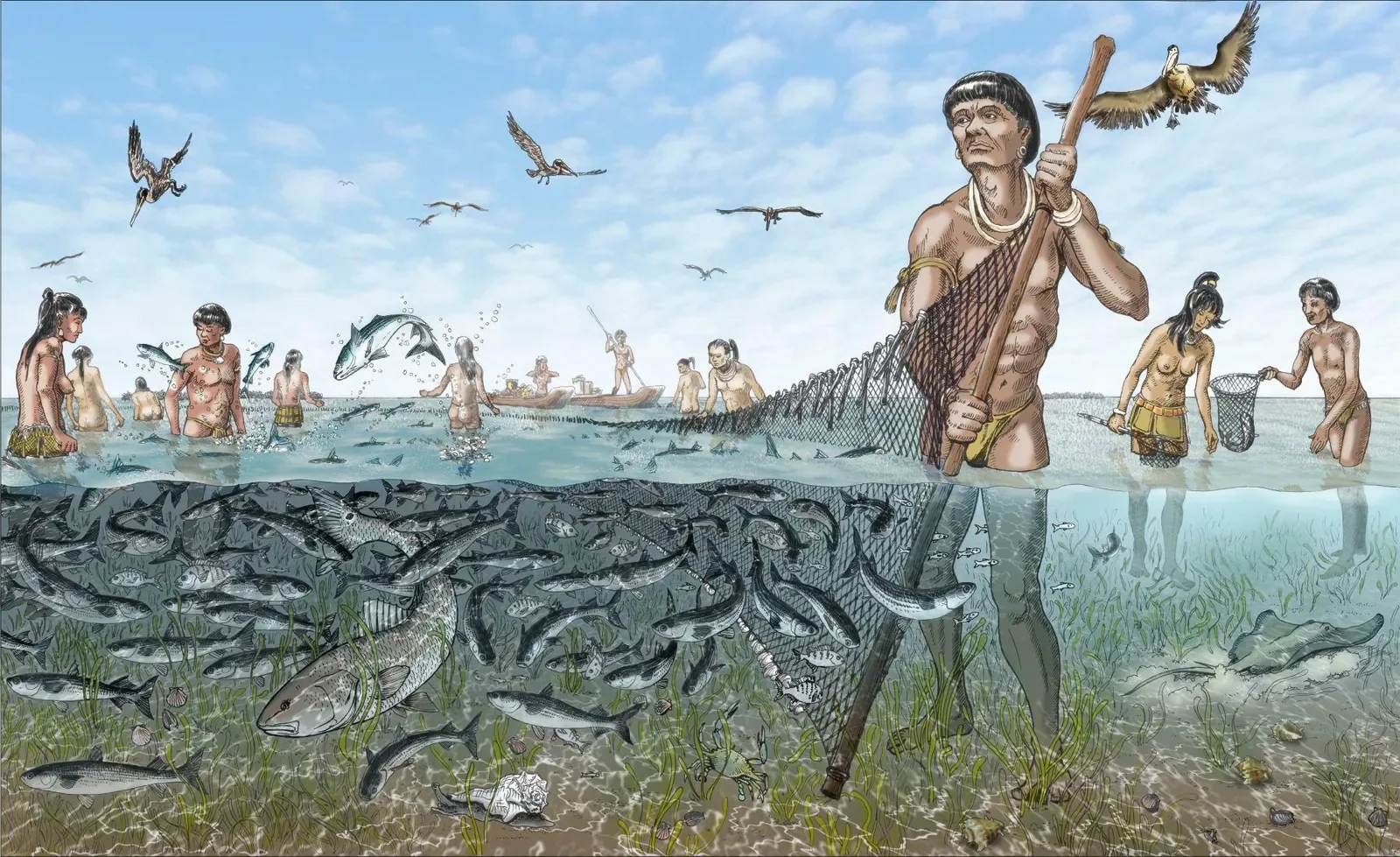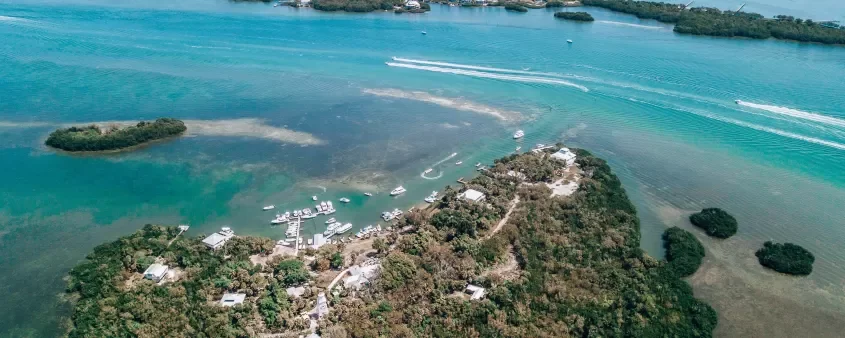Pine Island: Florida’s Forgotten Eden and the Fight to Preserve It
Just off the Gulf Coast of Florida, nestled near Fort Myers, lies Pine Island—a stretch of land largely untouched by time and development. At 17 miles long and just three miles wide, Pine Island is a living museum of Florida’s ecological past. This island, with its rural charm and thriving estuaries, is more than just a scenic spot—it's a biological treasure trove and a story of resistance, survival, and preservation.
A Glimpse Into Old Florida
Unlike its heavily urbanized neighbors, Pine Island remains cloaked in native pine forests and bordered by dense mangrove forests. These ecosystems form the backbone of a complex and resilient coastal estuary known as Pine Island Sound.
Estuaries like this are some of the most productive ecosystems on Earth. Here, freshwater from the Peace and Caloosahatchee Rivers mixes with the salty tides of the Gulf of Mexico, creating a brackish soup where life explodes: juvenile fish, blue crabs, stingrays, oysters, and manatees find refuge in sprawling seagrass meadows and tangled mangrove roots.
Seagrass Meadows: The Ocean's Nursery
Covering the estuary floor are beds of seagrass—underwater flowering plants that photosynthesize just like terrestrial plants. They provide oxygen, absorb carbon, and offer a safe haven for juvenile marine life. This “blue carbon” ecosystem stabilizes sediment and captures carbon far more efficiently than even rainforests.
The Mangrove Forest: Coastal Shield and Cradle
Red mangroves, with their spider-like roots, dominate the shorelines. These trees are miracle workers of coastal ecology, filtering salt, absorbing wave energy, and serving as nurseries for fish and crustaceans. Coastal birds, including roseate spoonbills, egrets, osprey, and even bald eagles, call these forests home.
A Rich Tapestry of Wildlife
Pine Island and its surrounding waters are alive with biodiversity:
Fish: Snook, redfish, sea trout, flounder, and even seahorses
Birds: Wood storks, pelicans (both brown and white), herons, and kingfishers
Marine mammals: Bottlenose dolphins play in boat wakes; manatees graze in the shallows
Reptiles and Amphibians: Alligators in rivers, endangered crocodiles near brackish zones, turtles of all sizes—some living up to 100 years
Ancient Roots: The Legacy of the Calusa
Long before European settlers arrived, the Calusa people flourished here. From 500 BCE to the 1700s, they dominated South Florida, ruling over more than 50 villages with an advanced, hierarchical society. Unlike many Indigenous tribes who relied on agriculture, the Calusa thrived entirely off the sea.
Their ceremonial shell mounds—some still visible today—were vast structures built from discarded shells and fish bones. These mounds served as platforms for homes, religious sites, and burial grounds.
Even Spanish explorers, including Juan Ponce de León, failed to conquer them. It wasn’t until European diseases and enslavement in the 1700s that the Calusa culture collapsed. Yet their presence is still felt—in artifacts housed in the Smithsonian and in the land itself, particularly in preserved sites like Pineland.
The Rise of Fishing Villages and Cuban Influence
After a hundred-year lull, Cuban fishermen settled the island in the early 1800s. They smoked and shipped mullet to Havana and later used ice to ship fish to northern markets. Some married local women, giving rise to multi-ethnic families like the Padillas, who left behind photographs and a living history of Florida’s fishing culture.
The Colusa Land Trust: Guardians of the Island
By the 1970s, development pressures threatened Pine Island’s fragile ecosystems. Enter the Colusa Land Trust—named in honor of the Calusa people—formed by concerned locals to halt suburban sprawl. Thanks to their efforts:
Over 2,400 acres of wetlands and pine forests have been preserved
67 parcels are under stewardship, protecting two-thirds of the island’s mangrove shoreline
Major preserves include:
St. Jude Nature Trail: A 420-acre preserve that was once slated for condos and a Circle K
Big Jim Preserve: 325 acres of tidal creeks and bays
York Island Preserve: 200 acres of black mangrove and tropical hardwoods
Eagle Preserve & Flatwoods Preserve: 900+ acres of protected pine forest
Preservation Against All Odds
Despite intense pressure from developers, Pine Island remains largely undeveloped. Much of its forest was logged in the early 20th century, and shell mounds were mined for road fill. Still, around 20% of the native landscape remains intact, and ongoing efforts aim to reclaim and protect what’s left.
Preservation isn't just local—it’s supported by state and federal initiatives:
Pine Island Sound Aquatic Preserves protect 55,000 acres of seagrass
Charlotte Harbor Aquatic Preserve spans 85,000 acres
Ding Darling National Wildlife Refuge on nearby Sanibel Island saves 6,000 acres of vital mangrove habitat
A Glimpse into the Future
Pine Island shows us what Florida once looked like—and what it can still be. It’s a sanctuary not just for wildlife, but for history, resilience, and community-driven conservation. The island may be small, but its story is monumental: an intertwined legacy of nature and people fighting to preserve a wild, coastal Eden.



